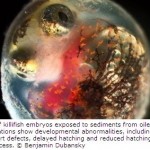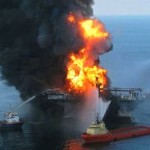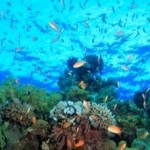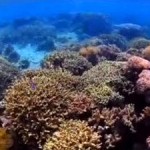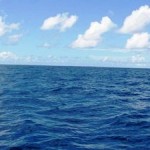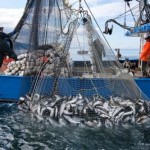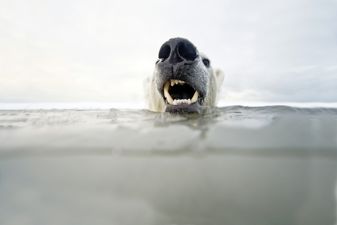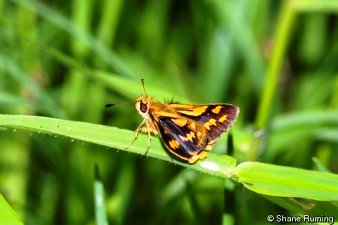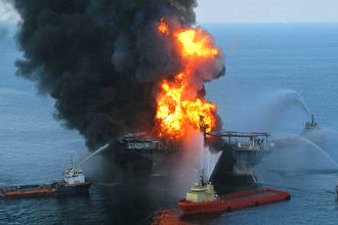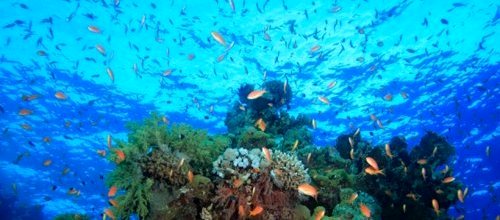Crude oil is a complex mixture of chemicals, some of which are known to be toxic to marine animals. Past research has focused in particular on PAHs, which can also be found in coal tar, creosote, air pollution and stormwater run-off from land. In the aftermath of an oil spill, PAHs can persist for many years in marine habitats and cause a variety of adverse environmental effects.

Developmental abnormalities were evident in bluefin and yellowfin tunas at very low concentrations, in the range of approximately one to 15 parts per billion total PAHs. These levels are below the measured PAH concentrations in many samples collected from the upper water column of the northern Gulf during the active Deepwater Horizon oil spill phase.
Severely affected fish with heart failure and deformed jaws are likely to have died soon after hatching. However, the NOAA team has shown in previous work that fish surviving transient crude oil exposures with only mild effects on the still-forming heart have permanent changes in heart shape that reduce swimming performance later in life.
“This creates a potential for delayed mortality,” said Incardona. “Swimming is everything for these species.”
The nature of the injury was very similar for all three pelagic predators, and similar also to the response of other marine fish previously exposed to crude oil from other geologic sources. Given this consistency, the authors suggest there may have been cardiac-related impacts on swordfish, marlin, mackerel, and other Gulf species. “If they spawned in proximity to oil, we’d expect these types of effects,” said Incardona.
The research was funded by NOAA as part of the on-going Natural Resource Damage Assessment for the Gulf ecosystem following the April 20, 2010, Deepwater Horizon oil spill. Contributing to the findings in addition to NOAA and Stanford University were researchers from the University of Miami’s Rosenstiel School of Marine and Atmospheric Sciences and the University of the Sunshine Coast in Queensland, Australia.
Click here to read/download the Full Study – “Crude Oil Impacts on Large Marine Fish”.
Source: NOAA.
NOAA’s mission is to understand and predict changes in the Earth’s environment, from the depths of the ocean to the surface of the sun, and to conserve and manage our coastal and marine resources.

